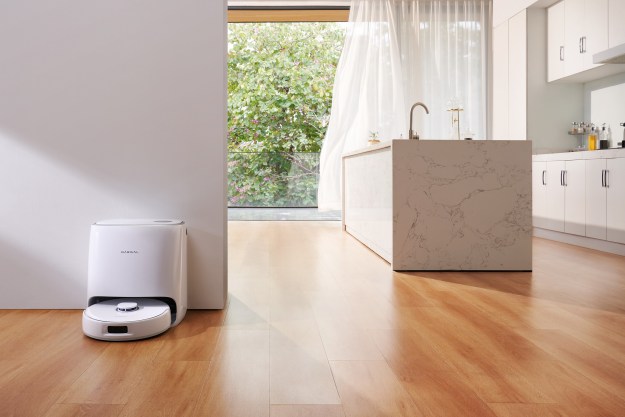“For buildings and windows that automatically react to light, you don’t have to spend as much on heating and air conditioning,” Francisco López Jiménez, a postdoc in MIT’s Department of Civil and Environmental Engineering, tells MIT News. “The problem is, these materials are too expensive to produce for every window in a building. Our idea was to look for a simpler and cheaper way to let through more or less light, by stretching a very simple material: a transparent polymer that is readily available.”
In the future, a building’s windows could have layers of the polymer structure and become more or less transparent, thereby altering the amount of sunlight passing through, López Jiménez says.
Smart windows are currently very expensive — they’re found on the Ferrari 575M Superamerica, if that gives you a clue. Researchers at the University of Texas at Austin’s McKetta Department of Chemical Engineering are also working on making smart windows cheaper. Professor Delia Milliron’s team developed an electrochromic material that blocks 90 percent of near-infrared rays and 80 percent of the sun’s visible light, but not necessarily at the same time. You could block both to shut out heat and light or just opt for “cool mode” and still let the light shine in. Treating it like a regular window lets in both ultraviolet and near-infrared. The team has created a startup, Heliotrope Technologies, to try to get a product on the market.
While Heliotrope’s version of smart glass would require electricity to make the switch, the polymer MIT uses does not. In either case, the transition could be initiated either automatically or by the flip of a switch or timer.
Editors' Recommendations
- The latest Windows 11 build makes notifications more useful and less annoying
- Use your smart speaker to make Valentine’s Day a little sweeter
- New ‘shady’ research from MIT uses shadows to see what cameras can’t
- Google and Qualcomm want to make more smart headphones with the Google Assistant


